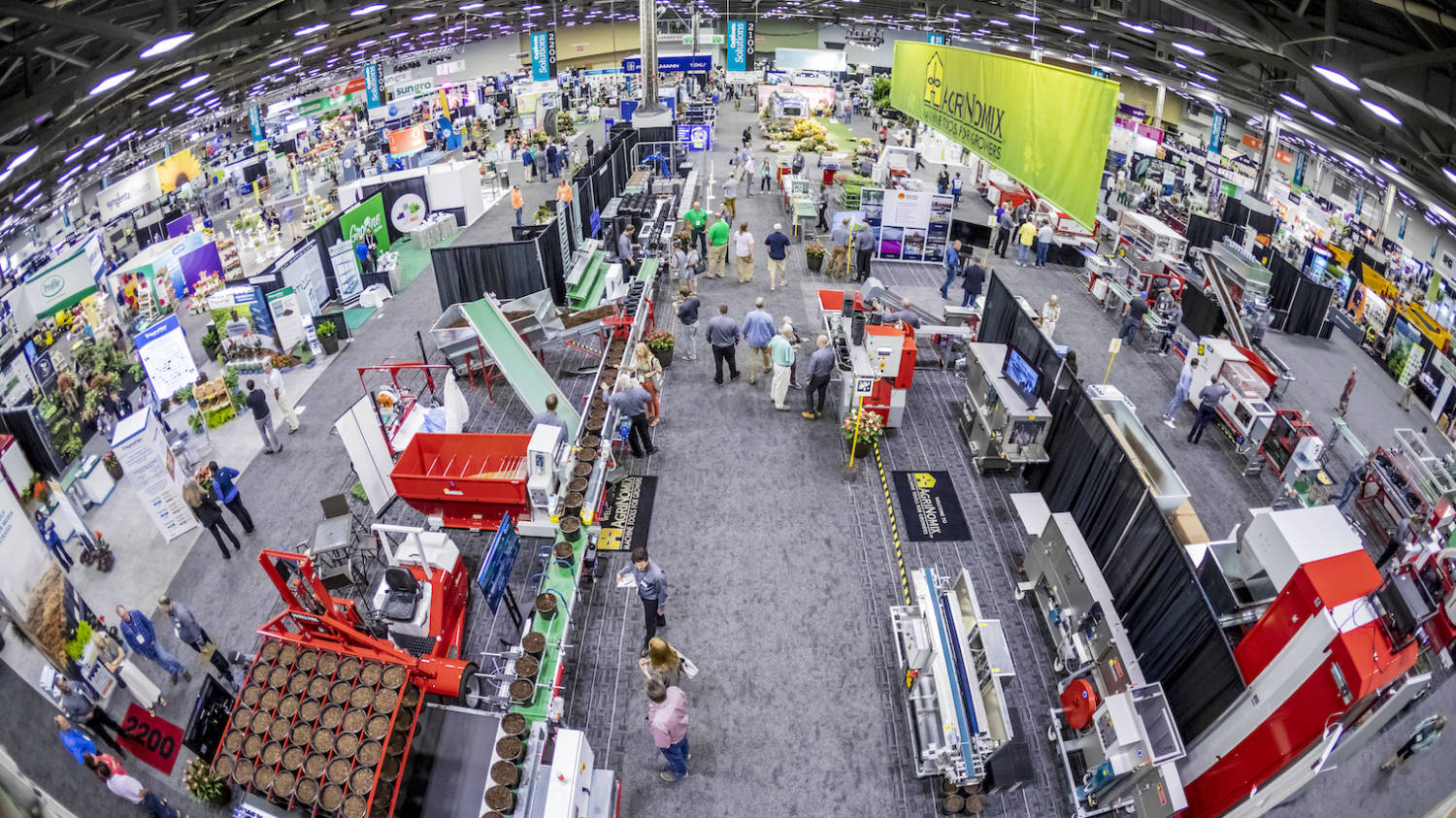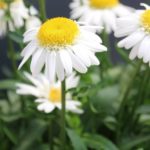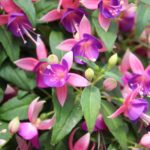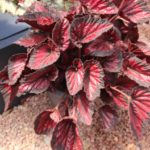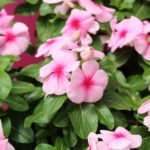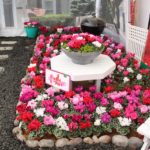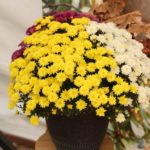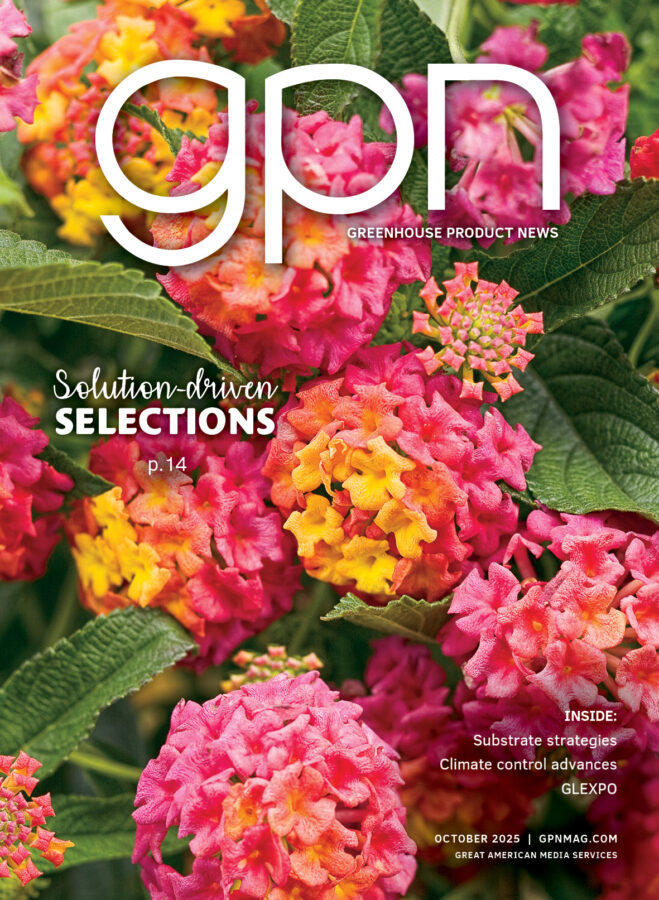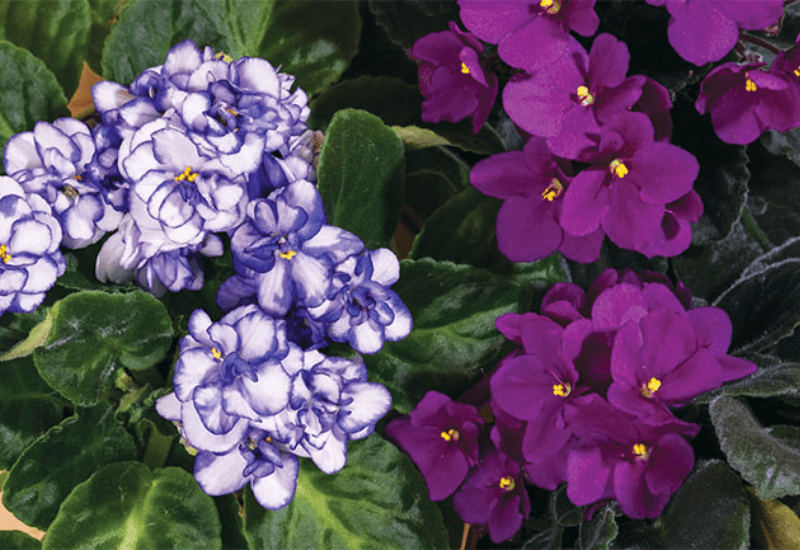
2024 is the Year of the African violet
Each year, the National Garden Bureau (NGB) designates specific crops to honor and promote at all levels of the industry. As part of its “Year of the” program, the organization selects one annual, perennial, bulb crop, edible, houseplant and shrub — and offers downloadable literature, presentations and graphics that industry members can share.
AFRICAN VIOLET
NGB has declared the African violet as its featured houseplant for 2024. To learn more about this crop category, I reached out to some industry experts for their insights into African violet development, production and sales successes.
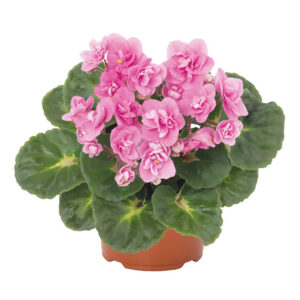
Joining me in this conversation are: Stephen Barlow, owner of Barlow’s; Diane Blazek, executive director at National Garden Bureau; Chris Brooks, marketing chair, and Mary Corondan, president, African Violet Society of America (AVSA); James Flynn, manager of Walter Andersen Nursery; and Marta Maria Garcia, head of product management, retail and marketing at Dümmen Orange, North America.
We are big supporters of the NGB’s “Year of the” program, and we look forward to finding out which crops are selected each year. Why was the African violet chosen as the houseplant for 2024?
Diane Blazek: Well, it’s funny how things that we might deem as “old” become new and popular again over time, and the African violet certainly fits that category. Do a search on Pinterest, Google or even YouTube and you’ll see how today’s consumer is rediscovering the appeal of African violets.
Every year, we choose our “Year of the” plants partly because of new breeding work, and this year’s houseplant is no different. We know there are new forms, leaf colors, bloom colors, etc., that are being introduced and, of course, that generates more interest.
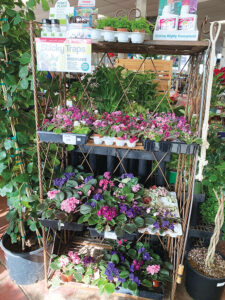
Chris Brooks and Mary Corondan: The November/ December edition of African Violet Magazine mentioned the National Garden Bureau had chosen the African violet for recognition as the “Year of the” houseplant. This plant was most likely selected for a variety of reasons — violets can bloom year-round with occasional periods of rest, they can be grown indoors and prefer the same temperatures as people and a fluorescent light garden grows them beautifully indoors, as does a north or east-facing window. Furthermore, violets are available in a variety of colors and sizes and are easily propagated by leaf cuttings or a sucker.
Marta Maria Garcia: We were really excited to see African violets selected for the “Year of the” program. This houseplant has increased in popularity over the years because it is a classic houseplant that brings back a nostalgic touch for many new gardeners; many of them refer to it as a “granny plant.”
We’ve been seeing a resurgence in popularity as new gardeners try their hand at growing these beauties. African violets are a rewarding houseplant that, with proper care, can thrive for years due to their ease of maintenance. Requiring little water once a week and minimal nutrition, they are pretty resilient. African violets are just elegant flowering beauties.
What are your personal favorite attributes of African violet? What makes it special?
Blazek: They are so easy to grow, and they remind me of my mom’s houseplant collection. Not that it was huge — and she definitely was not a snobbish collector — but it was a comfort for her to have some plants that she could keep in bloom year-round. And, of course, the broad range of colors, bloom types, leaf types, etc., give even more reasons to appreciate them.
Brooks and Corondan: The variety of sizes of African violets, colors of blossoms and types of foliage, shape and variegation make them very special. They are also easy to care for. A timer can be used on a fluorescent or LED garden light to control the number of hours of light violets receive daily. Many successful violet enthusiasts grow their plants on a windowsill.
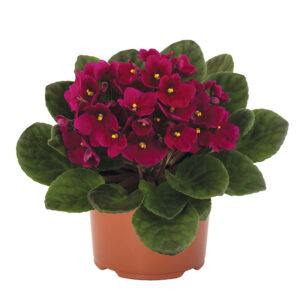
If African violets are watered when the soil becomes just dry on the surface (about once a week) and are not left sitting in water, they will thrive. Never wait for a violet to wilt to water and avoid letting water dry on the leaves. They like evenly moist but not wet soil. “Weakly, weekly” is the quick way to remember how to water and fertilize for plant health and blooming.
Half-to-quarter-strength balanced water-soluble houseplant fertilizer every time you water is a good recommendation. With this setup of light, water and feeding in a controlled environment, the violet will thrive.
James Flynn: I think the bright blooms attract people to African violets. Also, the small size of the plants is intriguing, and they make great gifts.
Garcia: African violets have beautiful, vibrant and varied colors, are easy to care for, offer long-lasting blooms and have the ability to thrive indoors. It’s the perfect combination for anyone that wants to start owning a plant. It also lends itself to start a collection because of the many types of different colors and flower forms it offers. Lastly, the nostalgic connection to gardening traditions adds to their appeal.
Have you seen any changes or innovations in African violet in recent years?
Brooks and Corondan: One of the most recent developments in violet hybrids is the expansion of varieties with puff fantasy blossoms. Fantasy blossoms are splotched, streaked or rayed with a contrasting color or deeper shade of the same color. In a puff fantasy blossom, these splotches on the blossom are in a circular shape.
Another recent innovation is the development of microminiature violets. These tiny plants are grown in 1.5- to 1.75-inch-diameter pots. They take up very little space and are available in many varieties of blossom colors.

Garcia: Yes, our breeding initiatives have been focused on bringing new varieties that will excite consumers to continue to purchase these plants. One of the newest varieties we’re launching, Rococo, has curly leaves and double flowers, which provides a lot of visual interest. Another exciting introduction is our Curlies, which have curly leaves and flower forms.
Does the production or sale of African violet present any challenges for growers or retailers?
Flynn: Keeping the plants watered and getting them to rebloom. We use seed trays to water the plants from the bottom, and we place the plants in a brighter area to make them rebloom.
Garcia: Transportation poses a common challenge for both growers and retailers, particularly in the context of supermarket retailers. Many aim to leverage their distribution centers to extend product availability in stores. However, this can be problematic for some tropical plant products, as these centers and trucks are often refrigerated, potentially causing damage to the plants.
Another common challenge encountered in some garden centers involves proper watering practices for this type of plant. Overhead irrigation should be avoided completely because the cold water will damage the foliage and flowers. The recommended watering method is bottom watering, where the plants are placed in a tray of water, allowing them to absorb moisture through the drainage holes in the grower pot.
Why do you think African violets are appealing at the consumer level?
Stephen Barlow: African violets are a mainstay as part of our indoor flowering plant lineup. We consistently sell them 52 weeks a year. They have a great shelf life, are easy to maintain and are an easy sell to our customers.
Blazek: Partly nostalgia. For those of us who paid attention to our mom’s or grandma’s plants, they remind us of them. For others who maybe weren’t paying attention(!) it feels retro. Those 18 to 20 million new gardeners as a result of COVID are still interested in gardening. Maybe they started with vegetable gardening but now want to bring things indoors. Help them fill that need!
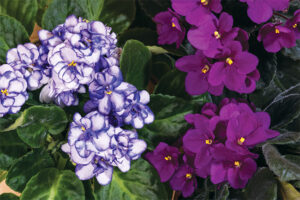
Brooks and Corondan: African violets are appealing at the consumer level because they are the only easily available houseplant that can flower indoors year-round. And, with a small amount of basic knowledge, they are easy to care for. Thousands of different varieties are available and they are easily propagated.
There is sometimes a stigma of being “old lady” plants and hard to care for, but neither is true. The idea that they are your grandmother’s houseplant shows that they have been grown successfully for over 100 years. Many young people with apartments or families with little time for gardening enjoy being able to have blooming plants in their home. Properly cared for, an African violet can live indefinitely.
Flynn: Great, easy color for indoors.
Garcia: With the rising popularity in houseplants, African violets are a rewarding houseplant that, with proper care, can thrive for years due to their ease of maintenance. It’s the perfect combination for anyone that wants to start owning a plant. It also lends itself to start a collection because of the many different colors and flower forms it offers. Lastly, the nostalgic connection to gardening traditions adds to their appeal.








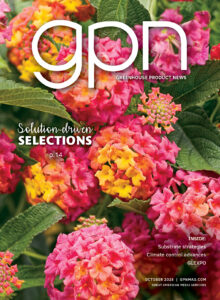
 Video Library
Video Library 
